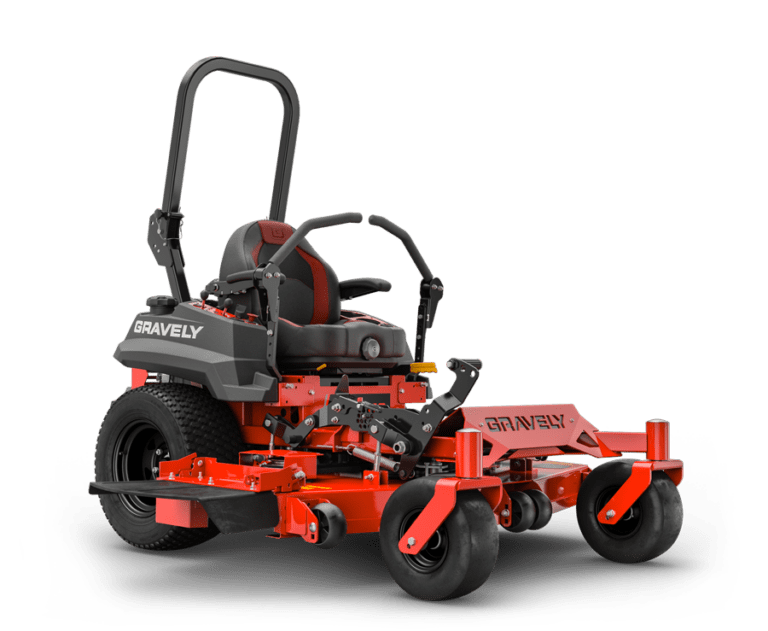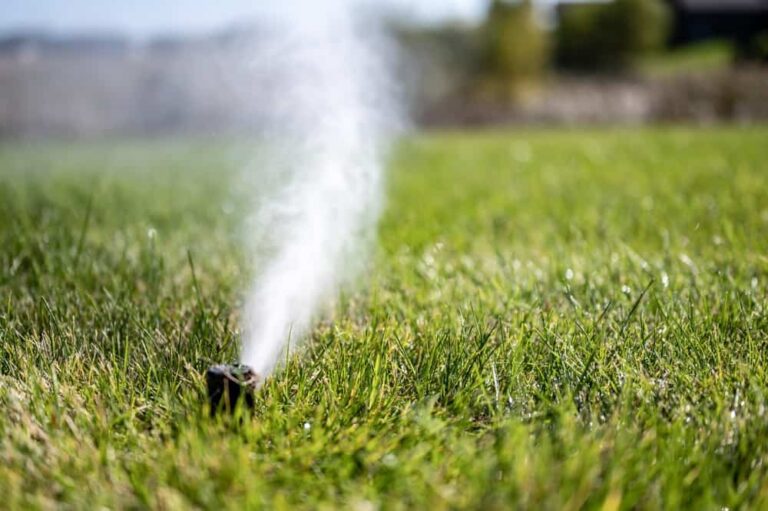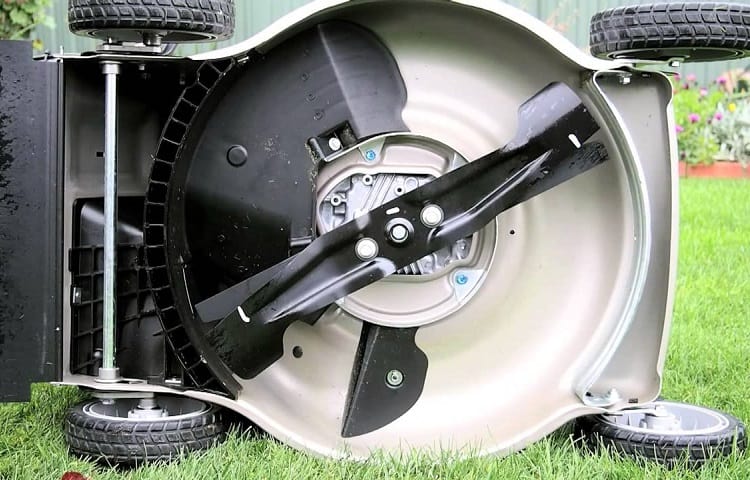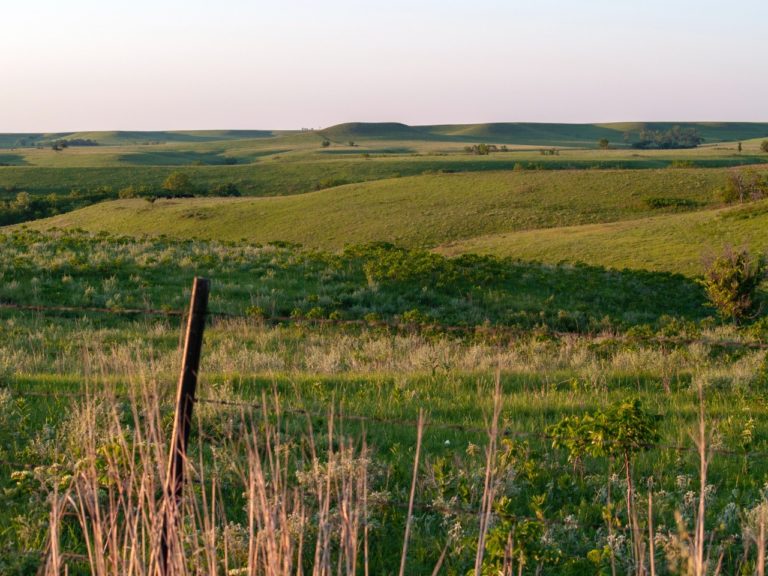Turf Type Tall Fescue vs Kentucky Bluegrass
There are lots of different types of cool season grasses, but two of the most popular out of all of them are turf type tall fescue and kentucky grass.
These two types of grass are very different from each other when you look at them side by side and compare them in closer detail. Either can be a great option, but for different reasons, which is why it is important to find out more about them.
However, it would seem that Kentucky Bluegrass is a favorite in more northern areas, whereas those in more southern areas would likely be more familiar with Tall Fescue, using this option for their lawns instead.
It will all depend on where you live and the environmental conditions that are present.
In this article, we are going to explore both of these types of grass in more detail, looking at both the differences and similarities between the two.
While they are both popular options, one may be better suited for what you need than the other, so you can make a well informed decision with all of the information that you need to make it.
Kentucky Bluegrass Vs Turf Type Tall Fescue
There are some characteristics that make each of these types of grasses very distinct. It can be quite difficult to tell them apart in their natural habitat.
Below, we are going to take a look at their tolerances, how they grow, and how they are different when it comes to their appearance.
Being aware of exactly what makes these two plants different can majorly influence which type of grass seed is the right one for your lawn. Sometimes, you might even find that a blend of the two types is your best option when it comes to this.
Key Differences
One of the main differences between the Turf Type Tall Fescue and Kentucky Bluegrass is that even though both of them are known to be cool season grasses that are hardy in USDA growing zone 8 and over, the Fescue is know to grow to be slightly taller, and it is the most resistant to the cold out of the two.
Something else that you might be interested to learn is that the Tall Fescue type will germinate much more quickly, and it will also grow much faster than the Kentucky Bluegrass will.
As well as this, Kentucky Bluegrass has a much shallower root system than the Tall Fescue.
Interestingly, Kentucky Bluegrass is able to spread through Rhizomes, and it will create a thicker turf in your yard. It is a type of grass that will form in bunches, and it will not spread or repair itself.
Out of the two, Kentucky Bluegrass will need a lot more sunlight and fertilizer, as well as water. It is also much less resistant to heavy foot traffic, although it is capable of repairing any damage that it has sustained from either heavy traffic or destructive dogs.
Type Tall Fescue vs Kentucky Bluegrass Tolerances
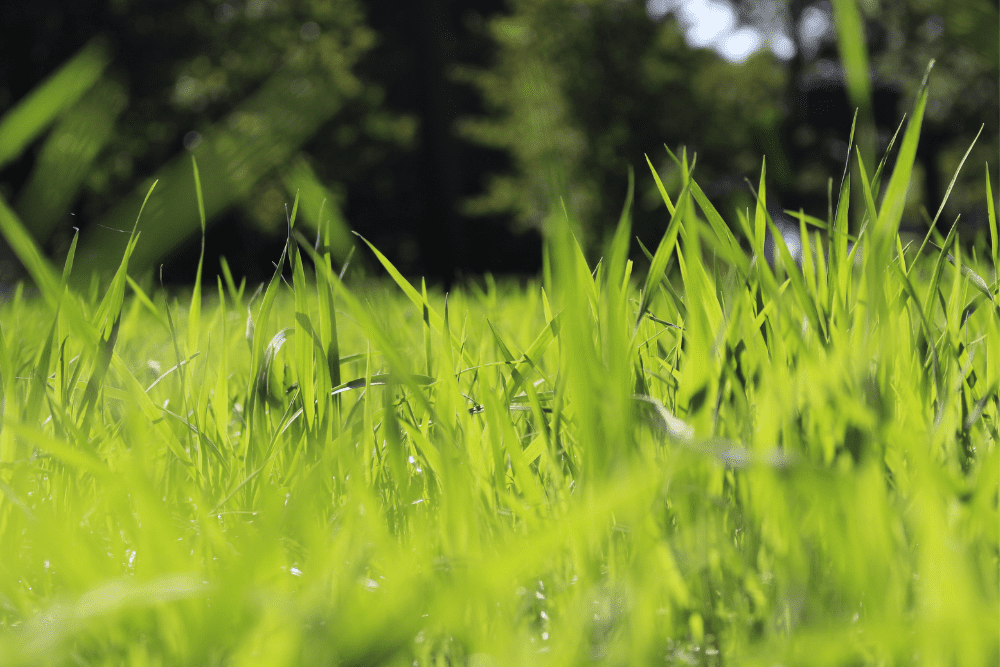
One of the things that you will need to think about when you are choosing a grass seed is how they can tolerate your climate.
Otherwise, you might end up with totally ruined grass after a few months. Kentucky Bluegrass is a type of cool season grass and it typically has the best tolerance of the cold, which is why it is often used in northern areas.
It is less heat resistant though, but it can grow in zones 1, 3, 4, 5, 6, 7, and 8.
On the other hand, Tall Fescue is another cool season grass that will withstand both the heat and drought much better than the majority of other cool season grasses.
This is why it is often better suited for northern lawns, and it can also work really well in the transition zone. Although it is less tolerant of the cold than the previous option, it can grow in zones 1, 3, 5, 6, 7, 8, and 12.
So, while these grasses are able to grow in various climate zones that are the same as each other, they will both have their own specific set of tolerances that will make a big difference when it comes to choosing the best type of grass for your lawn.
Kentucky Bluegrass is typically the best option to choose if you live in an area that experiences harsher winters with a limited warmer season.
If you are looking for a type of grass that is going to be used in more temperate parts of the northern regions, then Turf Fescue is probably going to be your best bet.
It works a lot better in regions that tend to be hotter in general and keep warmer for longer.
Some people will even choose to use a grass seed that is a blend of both of these types of grass, which can also be very beneficial.
Kentucky Bluegrass will start to fade and look more rugged when it is trying to withstand the heat of the summer, but Tall Fescue has a great tolerance when it comes to heat and it features deeper roots that are great for fighting off the drought.
Together, they create the perfect blend.
How They Grow
The way in which grass grows and spreads can also be something for you to consider when you are choosing the right type of grass for your lawn.
Turf Type Tall Fescue and Kentucky Bluegrass are both very different in terms of how they will grow and spread, and this is why they are able to tolerate hot and cold in different ways.
Turf Type Tall Fescue is a type of grass that can be easily established from a seed, and it is known to germinate much more quickly than the Kentucky Bluegrass would.
You should know that it will develop a root system that is between 2 and 3 feet deep. This is quite a bit deeper than the majority of other cool season grass types.
The deeper root system of this grass type will allow it to seek out and retain more moisture, which is why it is able to resist heat and drought much more easily.
This is one of the main reasons why this type of grass is so popular for dense clay and sandy lawns. Other types of grass may struggle to grow in these types of lawn.
When it comes to the Tall Fescue, this is a type of grass that will form in bunches, and it has a limited spreading capability. This would mean that it will grow in clumps and spread through tillers.
If you didn’t already know, tillers are vertical shoots that are able to grow from the base of the plant, rather than from horizontal stems.
The types of grasses that form in bunches, like this one, will be much easier to contain and prevent from spreading to places that you don’t want them to reach, like nearby flower beds or your neighbor’s garden.
The only downside to this is that if your lawn does become damaged in some way, the grass will not be able to fill in bare patches or repair itself very quickly.
This can lead to your lawn looking unhealthy, and it can also lead the grass to become vulnerable to weeds.
Kentucky Bluegrass
Kentucky Bluegrass also has a much shallower root system than Tall Fescue, which means that it can be much more vulnerable to hot weather and drought.
Although, just like Tall Fescue, it can also grow really well from a seed, and it is one of the easier types of grass to grow for this reason. It does germinate at a slower rate though, so you will need to be much more patient.
This might also mean that it isn’t the most suitable option for those who are beginners.
Differently to Tall Fescue, Kentucky Bluegrass is a self spreading and sod forming grass type that will be able to spread really quickly through rhizomes.
This is why it is known for its deep emerald bluish green coloring. It also has a texture that ranges from medium to fine, and it is easy on bare feet.
The majority of landscaping experts would agree that it is one of the most visually appealing types of grass that you can get for northern lawns.
You should also know that Kentucky Bluegrass will go dormant in extreme heat and drought, which means that you can expect to put in much more effort when it comes to maintaining this grass throughout the summer if you want to keep it looking good and healthy.
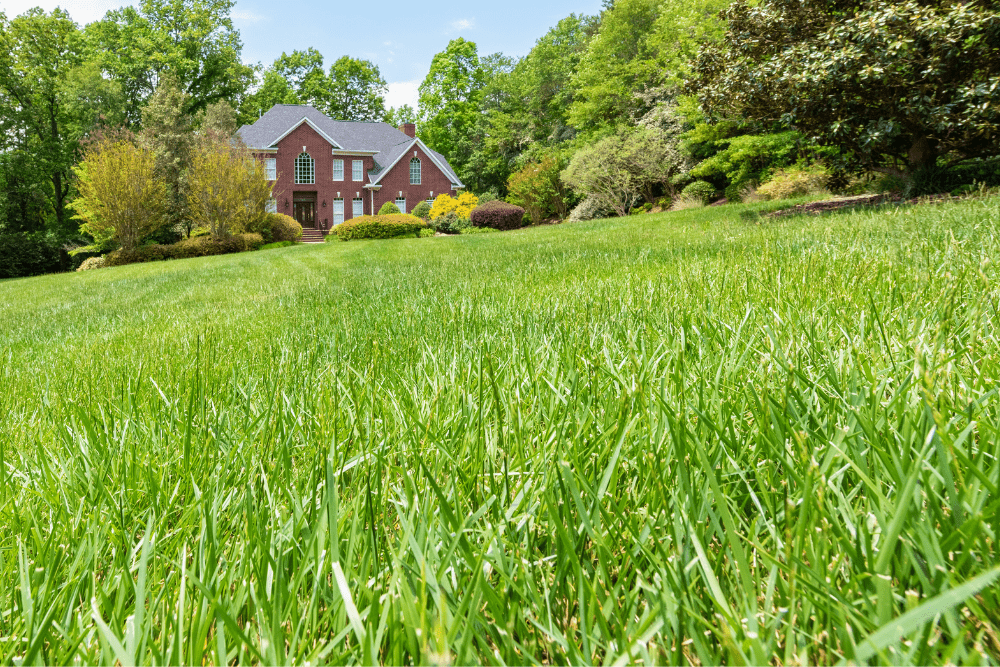
The Main Differences Between Turf Type Tall Fescue and Kentucky Bluegrass
If you are still struggling to decide between Turf Type Tall Fescue and Kentucky Bluegrass, then you might want to think about some of the main differences between these two types of grass.
This will help you to make the right decision for your lawn. Some of the main differences include:
- Kentucky Bluegrass will require more sunlight than Tall Fescue. It will need around 8 hours of direct sunlight each day on average, whereas Tall Fescue will only need around half of this in order to thrive.
- Kentucky Bluegrass will also need more water and fertilizer than Tall Fescue.
- You will need to dethatch your Kentucky Bluegrass around every year or two, whereas Tall Fescue will not require this of you. Thatch is the build up of both live and dead organic matter, which will cluster around the base of the grass. Dethatching, or removing this debris, will work to stimulate growth.
- Tall Fescue can benefit from overseeding, which is something that will not be needed very often with Kentucky Bluegrass lawn. Overseeding is a process that involves seeding an already established lawn in order to allow for thicker and healthier grass.
- Out of the two, Tall Fescue is much more tolerant when it comes to heavy foot traffic. Although, it is also less capable of repairing itself after becoming stressed or damaged.
- Kentucky Bluegrass will also require more moisture and fertilizer than Tall Fescue. It will need between 3 and 6 pounds of nitrogen per 1000 square feet of grass, whereas Tall Fescue only needs around 1 pound of nitrogen per 1000 square feet of grass.
- The final difference that is worth mentioning is the fact that the best time to plant Kentucky Bluegrass would be during the early fall. On the other hand, Turf Type Tall Fescue will do well if you plant it in the peak growing periods that occur between the spring and the fall.
Comparing the Characteristics of Kentucky Bluegrass and Turf Type Tall Fescue
| Kentucky Bluegrass | Turf Type Tall Fescue | |
| Growing Zones | 1,3,4,5,6,7,8 | 1,3,5,6,7,8,12 |
| Sunlight Required | 8 hours direct sunlight daily | 4 hours direct sunlight daily |
| Type of Grass | Cool-season northern grass | Cool-season northern grass |
| Tolerance | More tolerant to the cold | More tolerant to the heat |
| Growing Season | Best growth in cool spring and fall | Best growth in cool spring and fall |
| Best Time to Plant | Early fall | Between spring and fall |
| Type of Growth | Shallow rhizomes
Self spreading Sod forming |
Tillers spread
Forms bunches Limited spreading ability |
| Conditions | Requires more moisture and fertilizer | Requires less moisture and fertilizer |
| Sturdiness | Self-repairs from damage
Less tolerant to foot traffic |
Limited ability to self repair
More tolerant to food traffic |
| Additional Care | Requires dethatching | Benefits from overseeding |
| pH Soil Balance | 5.8 – 7.0
Needs more fertilizer |
5.5 – 7.5
Needs less fertilizer |
| Resistance | Less resistant to disease
Less resistant to weeds |
More resistant to disease
More resistant to weeds |
| Texture | Fine to medium | Coarse and clumpy |
| Color | Deep emerald bluish green | Medium to dark green |
Turf Type Tall Fescue vs Kentucky Bluegrass Summary
While it is up to you to decide which type of grass would be better for your lawn and circumstances, there are lots of things that you will need to think about when it comes to making your decision.
Turf Type Tall Fescue and Kentucky Bluegrass are two excellent options for different reasons, and you will need to consider their differences and similarities before you decide which one is right for you.
Both of these grasses are cool season grasses that are a favorite to many, and they will also both grow well in a wide variety of different climates in the northern zones.
However, they will also both do better within certain conditions. Kentucky Bluegrass is typically the better option for those that live in colder areas.
It will require more moisture and fertilizer, but it will be great for what you need.
On the other hand, if you live in a warmer climate or a transition zone, then you might want to consider the Turf Type Tall Fescue, which is likely the better option for your lawn.
This type of grass can work in colder climates, but it is better suited for warmer areas. There are lots of different varieties of this grass, and it can provide you with everything that you need.
Alternatively, if you are still struggling to decide which of these types of grass would be the best choice for your lawn, then you could even get yourself a blend of both of these grass types.
This blend would work really well for the majority of northern lawns, combining all of the characteristics of the two types.
You can take a look at all of the information that we have provided you with in this article to help you to decide which type of grass would be the best for your lawn.

